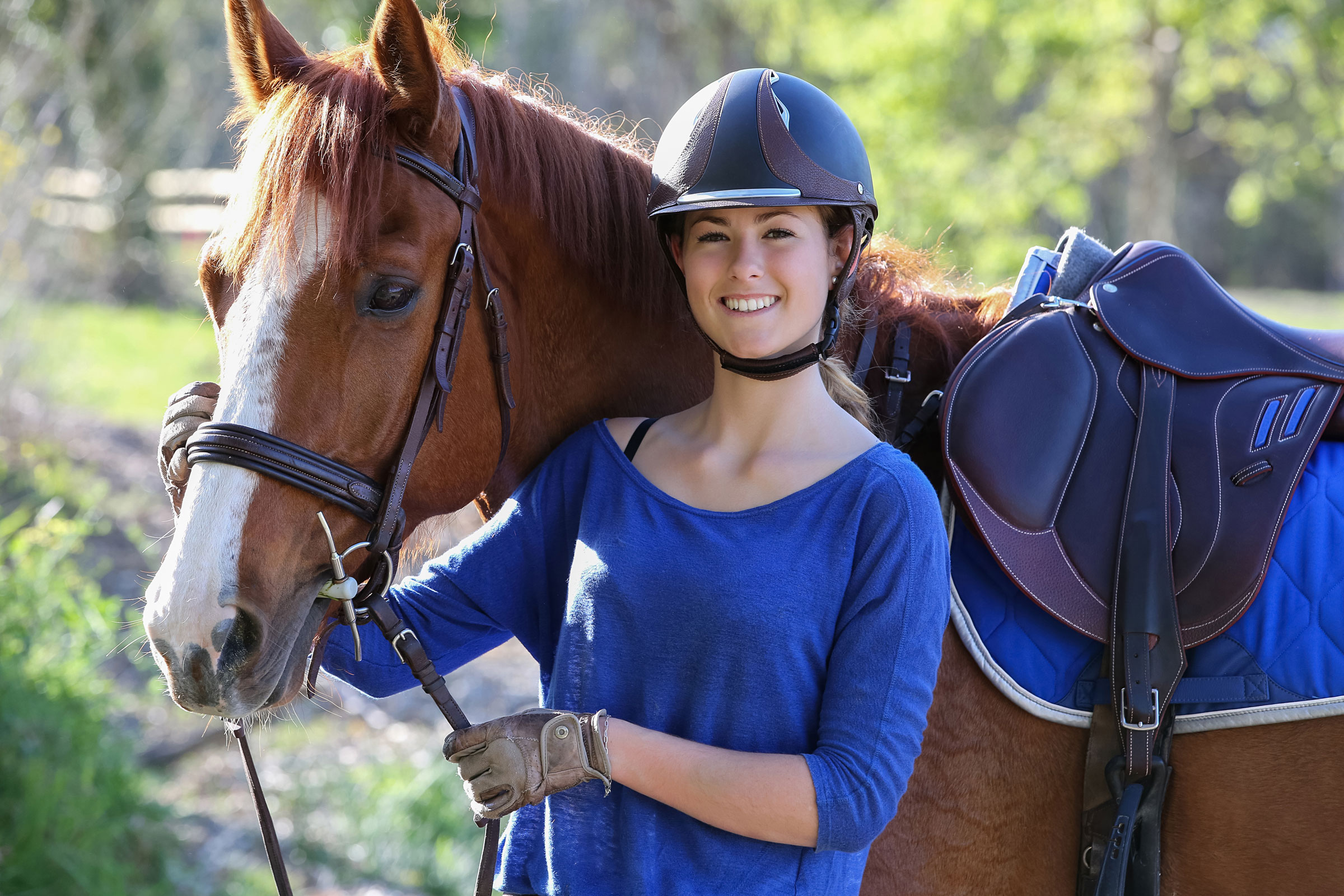
Have you ever wondered how your barn compares to other stables in terms of the number of horses on the property and what the horses are used for? Do you ever think about the average age of the horse population? What about diseases that are most common among horses?
Now you can find out!
The most recent National Animal Health Monitoring System (NAHMS) survey, which was conducted in 2015, provides comprehensive health and management information based on survey results from 28 states representing 72% of nearly 4 million equids in the United States.
The Equine 2015 study was a cooperative effort between two U.S. Department of Agriculture Agencies: the National Agricultural Statistics Service (NASS) and the Animal and Plant Health Inspection Service (APHIS).
Highlights from the Equine 2015 survey are outlined below.
Demographics
- More than half of all equids, which in this survey includes domestic horses, miniature horses, ponies, donkeys/burros and zedonks (zebra-donkey crosses), live on properties with more than 10 horses.
- The equine population is aging. Fewer foals were born in 2015 than in 2005 or 1998, the years of the previous studies.
- Horses aged 5-20 account for 65.5% of the equine population.
- Horses aged 1-5 make up 16.5% of the population.
- 11.4% of the horse population is older than 20.
Types of Horse Facilities
- Most operations are either a farm/ranch (39.5%) or a personal residence keeping horses for pleasure or competition (38.8%).
- Boarding and training operations represented 9.3% of respondents and breeding farms were 7.6%.
Use of Horses
- Pleasure was the most common use for horses (47.2%) followed by farm/ranch work (25%).
- Breeding accounted for 8.5% and showing 8.1%.
Medical Complications
- In 2015, lameness, leg and hoof problems and affected 28% of respondents’ horses, an increase from previous survey results.
- Nearly 17% of horses had been diagnosed with colic.
The full findings from the survey are available at no charge at https://www.aphis.usda.gov/aphis/ourfocus/animalhealth/monitoring-and-surveillance/nahms/nahms_equine_studies. We will highlight some other aspects of the NAHMS study of the equine industry in the coming month.


